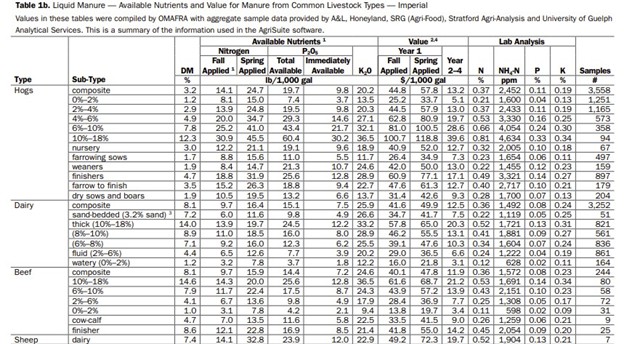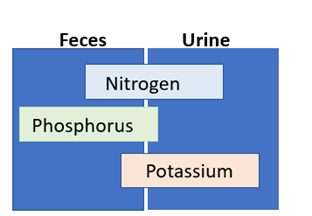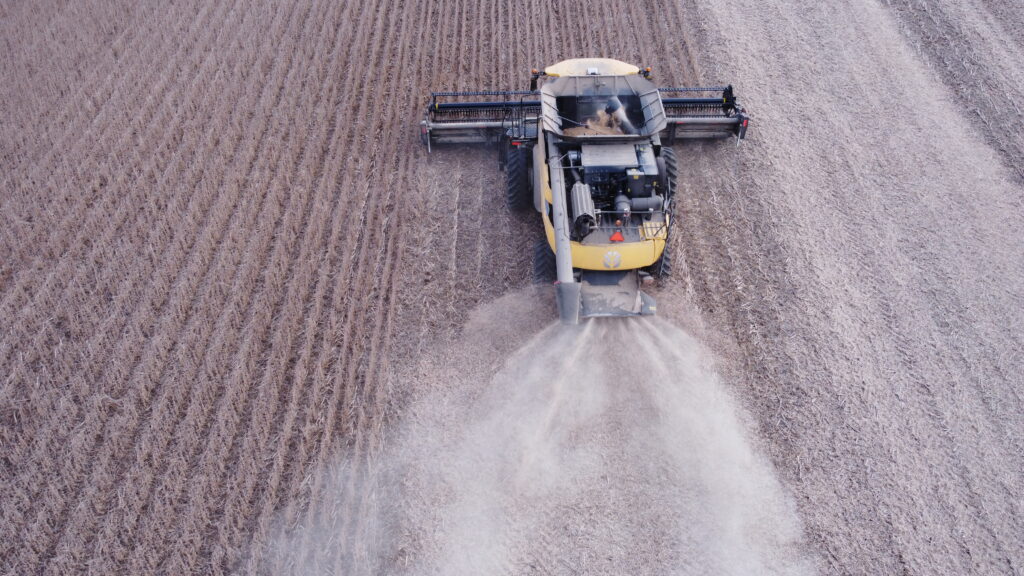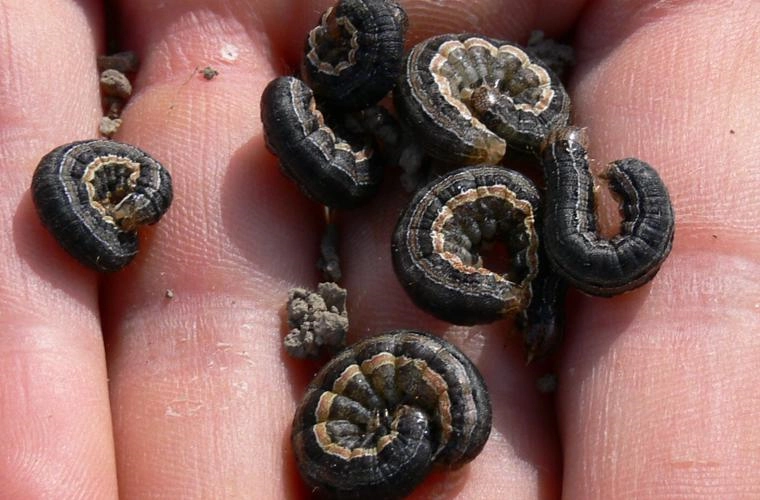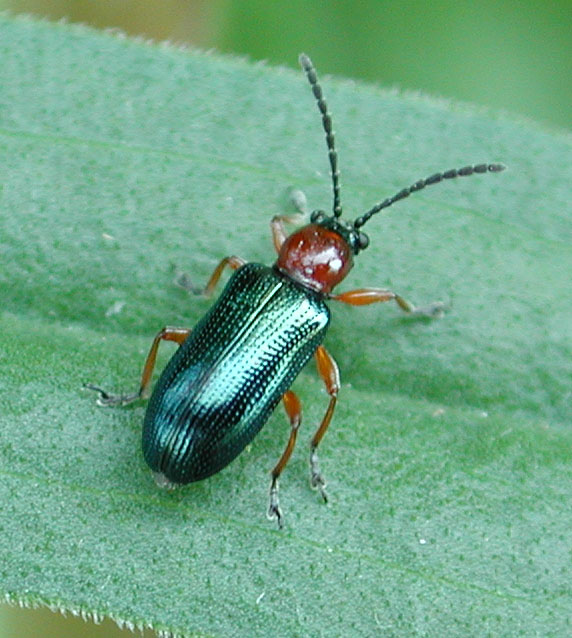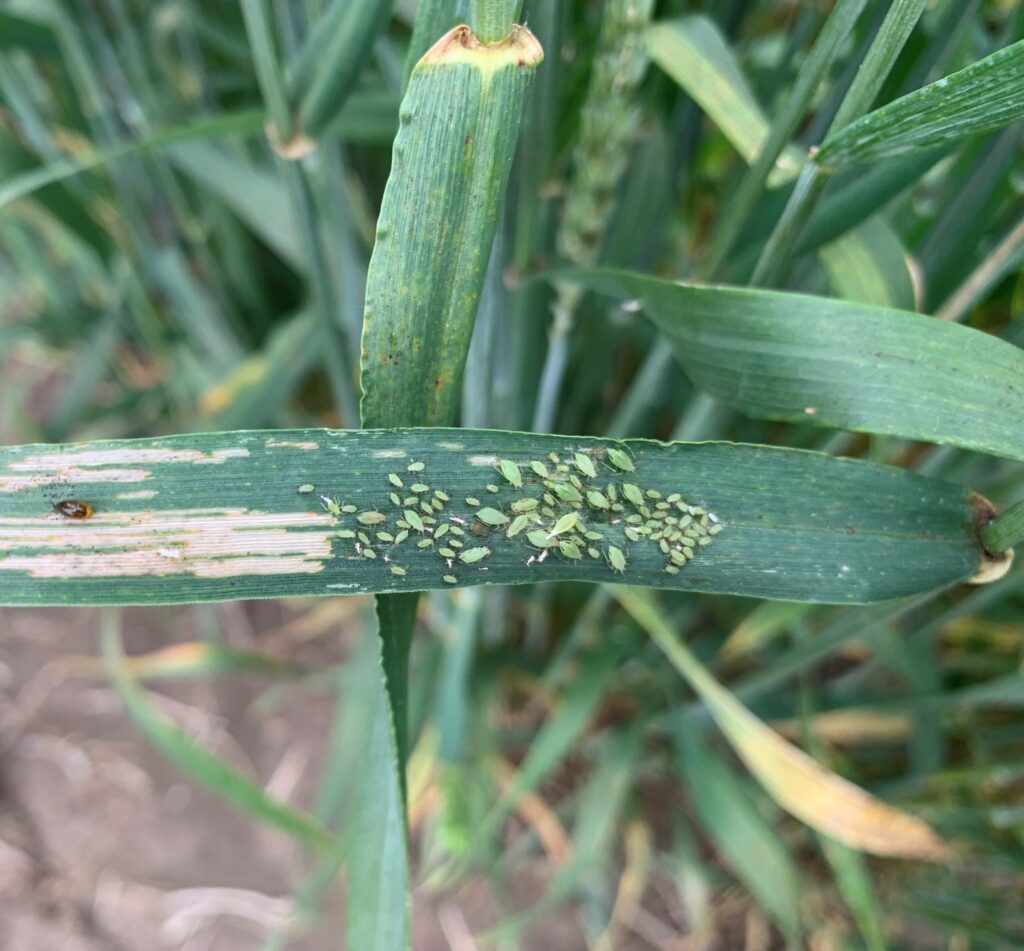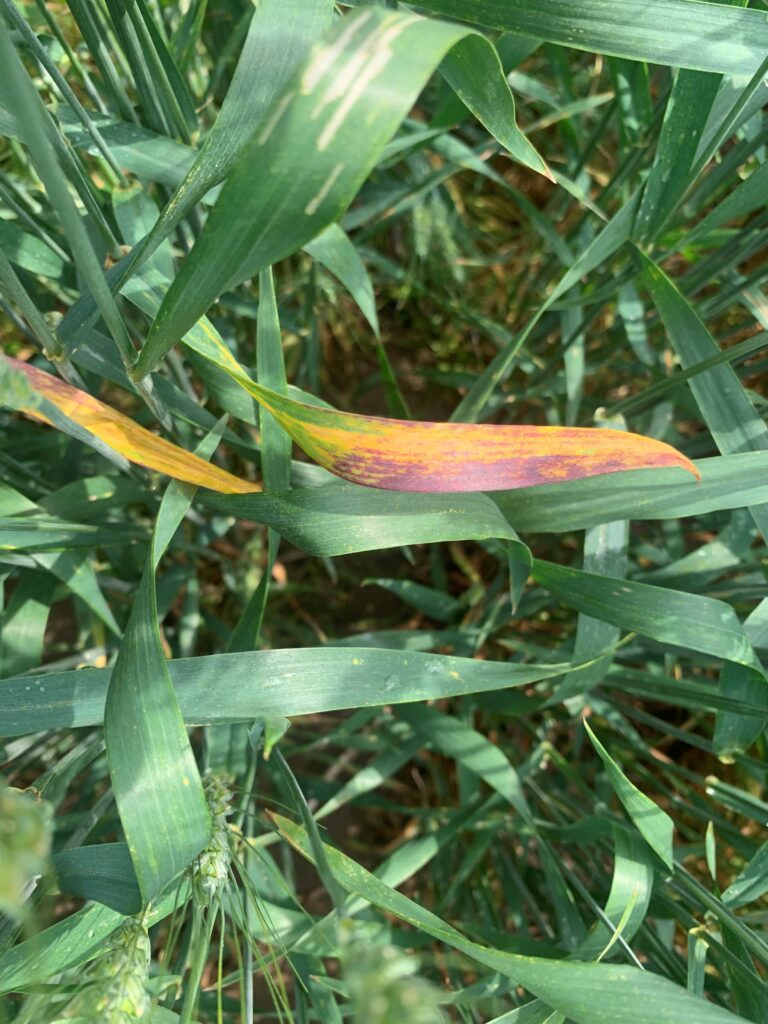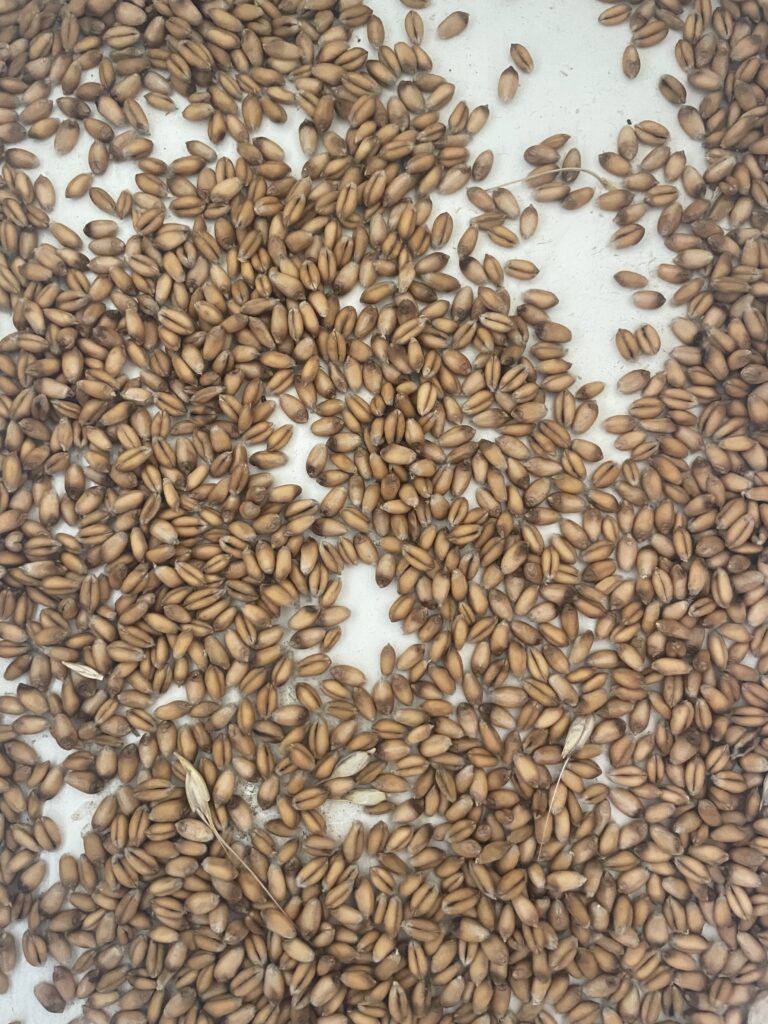Determining the Available Nitrogen from Manure
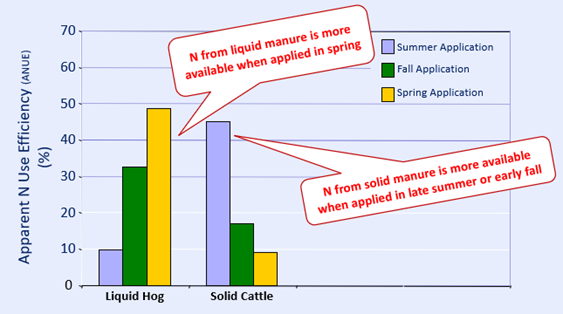
Manure and organic amendments contain two main forms of nitrogen (N): organic nitrogen and ammonium nitrogen (NH4-N). The nitrate nitrogen (NO3-N) in manure is negligible, however the ammonium portion in manure is converted to nitrate within weeks of application during the growing season. NH4-N and NO3-N are immediately available to a growing crop, similar to […]
